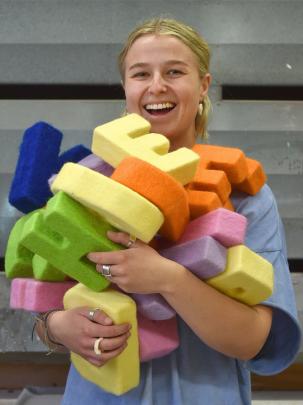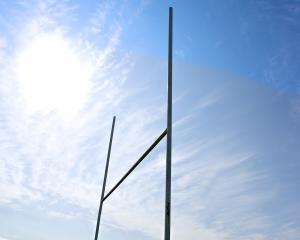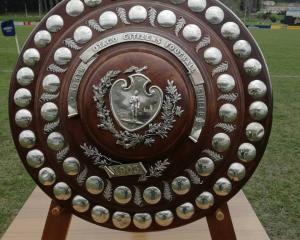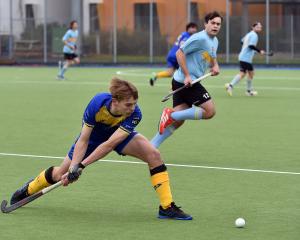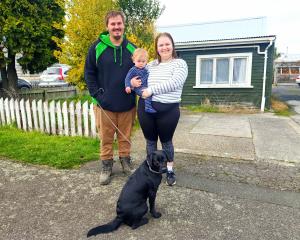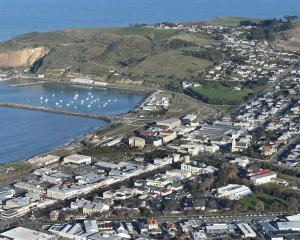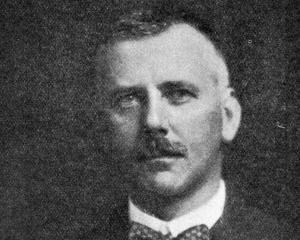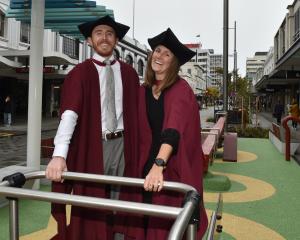Georgia Mackie — Sculpture
Piling her arms high with colourful letters, Georgia Mackie could be forgiven if she felt slightly overwhelmed.
Not only has there been many hours of dedicated needle felting in creating these letters, with many more to be made, but they also represent a very personal journey Mackie has taken over the years.
Mackie is dyslexic and her bachelor of fine arts projects for the past two years have been based around her personal experiences, moments and events navigating learning as she has grown up, starting with last year’s work Sexilady.
"The techniques I used growing up from child to adult which is where this work came from."
This year’s work, Misspell, has been about bringing language into a three dimensional space.
"That’s always really helped me. Having dyslexia is physically having a letter like this or making stuff out of fridge tiles or sand — visualising it."
To make the letters, Mackie used recycled polystyrene the art school received from Moana Pool’s upgrade and cut out the shapes.
She was inspired by American artist Liam Lee’s work with needle felting.
"I wasn’t so interested in the concepts behind his work but in the way he uses the material — that is how the needle felting and the wool dying came about."
The only thing Mackie did not take into consideration with her plan was the time it takes to needle felt.
"This bit here has taken up most of the year and I’ve still got a lot to do. A lot of people don’t know how long it takes — probably more like four hours for one."
She is contemplating sitting in the exhibition doing some needle felting just to show people what it involves and add to her pile as she goes.
Mackie is also constructing large scale letters from MDF which she has cut into letter shapes and sprayed bright colours.
"I’ve colour coded it."
When she was younger Mackie’s mother sent her to a special programme for children with dyslexia where she learnt coping mechanisms. In Sexilady she used cellophane like they did in the programme putting it in front of text to help her read the letters.
"That’s where I learnt techniques to help me at school."
Pink, yellow and blue were colours that helped her read. So she has used those colours on the letters.
"I’m using a technique called flocking using a big electric machine. It’s definitely proved to be more difficult and time consuming than I thought."
When she is writing assignments these days she turns her text into those sorts of colours rather than the typical black and white.
"I actually like to hand them in like that."
From Hawke’s Bay, Mackie struggled at an academic-focused high school where art opportunities were not great.
"That’s why I wanted to come to art school. I was thinking about going to university but it definitely changed as soon as I came here. It’s been a very fun three years here."
She selected sculpture as it offered so much more freedom.
"I’ve never been a very good painter. I just [feel] like I could probably do a painting and call it a sculpture — there is so much freedom in it. Physically working with my hands, I love that too."
Mackie has decided to take a break next year and is moving to Whangamatā in the North Island to live and work and try to pay off some of her student loan.
"Who knows? Try and set up a studio at home, maybe travel. It’s unknown for me."
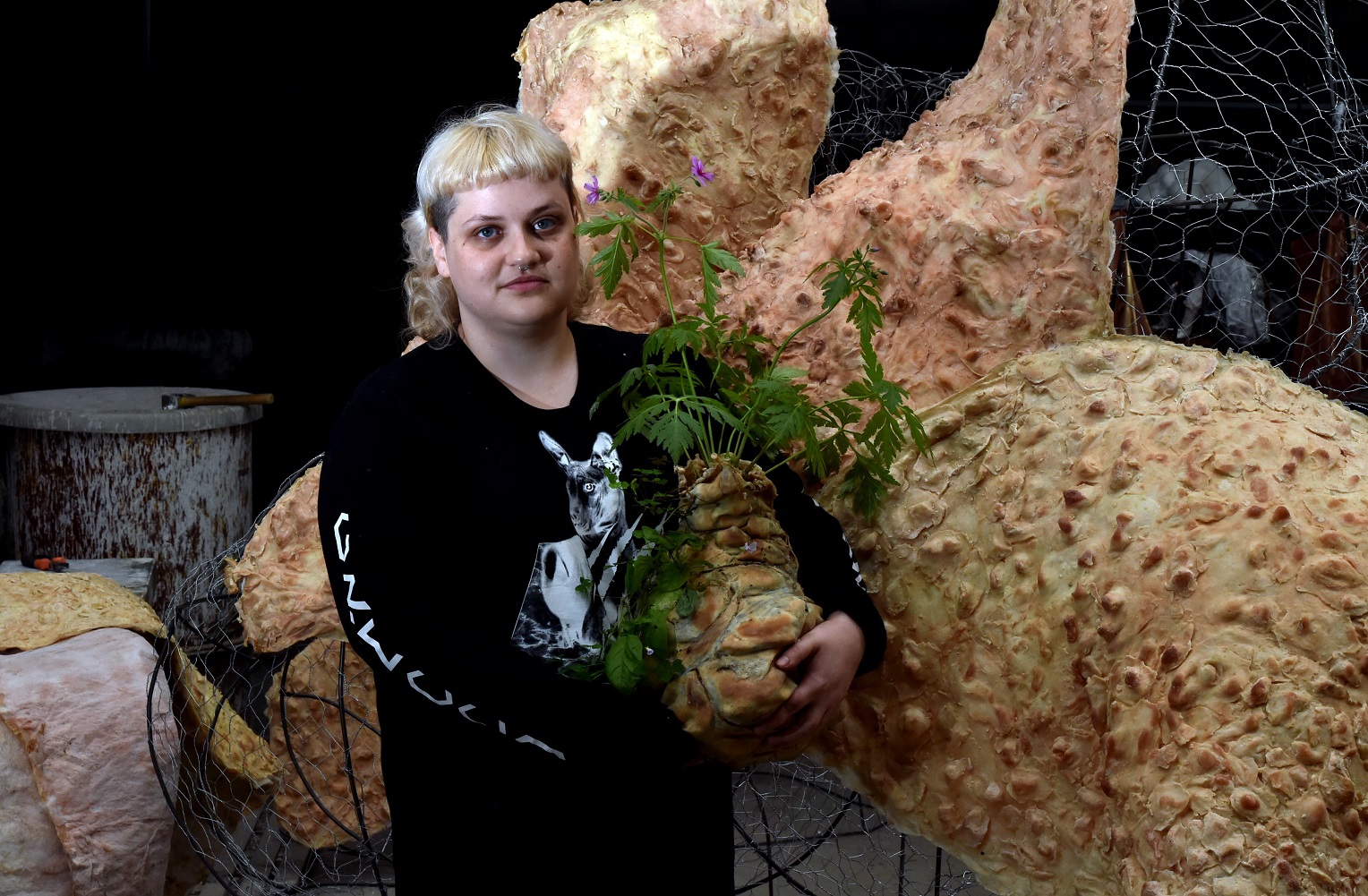
Sarah McGaughran — Sculpture
Grotesque, globular, fleshy forms are how Sarah McGaughran describes her creations
"They are intended to create tension between awe and disgust," the bachelor of visual arts honours student says.
"What’s repulsive and what’s beautiful?"
Her sculptures range from small to super-sized and are created from latex and chicken wire.
The first skin-coloured latex creations were small, just big enough for a plant to be grown out of them but she is now creating a "supersized blob" which will have weeds growing out of its crevices.
"It’s about connection between self and environment."
She has chosen to plant convolvulus, as it is a weed that smothers native forest yet also has a pretty flower.
"I sit on that line as I feel there is a lot of energy created there."
Her journey to these creations began with oil painting back in 2020. McGaughran was painting her body in particular trying to paint her skin in the way fabrics were painted in traditional art.
"I was doing close ups of my fat roles and lining them up with rolls of fabric trying to compare things that we morally assign as non-beautiful or ugly with things we do find beautiful."
When she came to art school last year, she decided to expand those ideas into three dimensional works.
"I started to think about the boundary of yourself to other things. Where is the horizon of the body? When does it stop being ourselves and start being the environment?"
As her ancestry is Celtic, she discovered pagan and Celtic religions are very much about the embodiment of the landscape and seeing themselves as embedded in those systems rather than separate from.
To make the large sculpture has entailed creating four separate sculptures that will piece together like a puzzle to form one mass. They are then covered with a latex cover with potted weeds placed in and around.
"Things that are really large, that are bigger than you ... there is that awe-inspiring sensation. The audience will be wow."
The moon-scape looking latex cover was made by first creating a sculpture out of clay creating a Central Otago-inspired landscape with its flat hills which she then used to create a plaster mould. She coloured liquid latex with food colouring and sponged it on to the mould.
She then pressed on some recycled nylon insulation material to give it some structure. It also means she will be able to re-use them in other projects.
About 40 pieces of latex are needed to cover the giant blob.
Originally from South Canterbury, it has taken McGaughran a while to find her place at art school. After leaving school she studied for a degree in biochemistry.
"Very different. Very academic and very science-focused but when I left university I didn’t know what to do."
After working for a while and then taking a few years off to focus on her mental health, she started making music and established a sound practice.
"In the pandemic I did a brief stint in public health, which was stressful and then started painting."
She got herself a studio and decided to come to art school.
"It’s been perfect because with art you can research anything, maths, science. This is a geometry, engineering and physics project as well as art. You can have a very wide scope."
It reminds her of the 18th century scientists who were also botanical illustrators and wrote poetry.
"They had quite a broad scope to what they did. These days you feel you have to be specialised."
While she sees a bit of the "splintering of self" in her new work, she does not feel the work speaks directly to that.
"I’m in a really lucky position to have a lot of support and to have worked through that. So I don’t need to speak directly to it because for me the focus is on the future and not staying in that space."
McGaughran plans to set up a casual art space to try to nourish the community she has been in for a long time. She wants to help artists who have not gone through the academic pipeline to get their work exhibited.
"Having a platform where they don’t have to do a proposal."
Ultimately she would like to further her studies, possibly overseas, where it might be more financially possible.
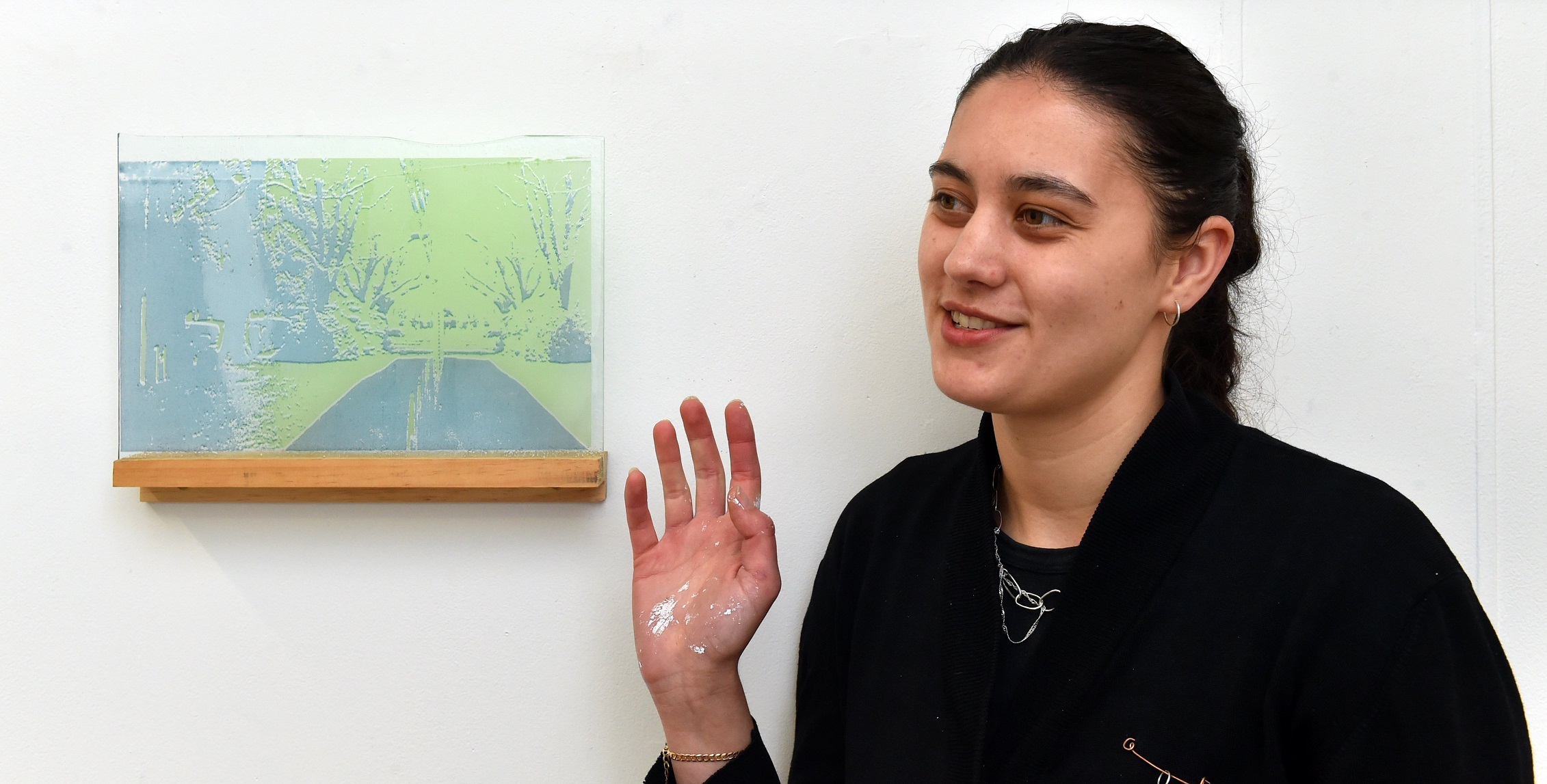
Lusia Ma’ia’i — Photography and Printmaking
Discovering a pile of old glass under her flat, Lusia Ma’ia’i knew she had found what she did not know she was looking for.
The former Dunedin high school pupil had initially found herself in the printmaking workshop at the Dunedin School of Art working with fabric.
But the further she got through her bachelor of visual arts, Ma’ia’i felt she needed a different vehicle for her prints.
"It’s only really come together in the past couple of months. I did a lot of experimenting but nothing really was working until quite recently."
Her practice has always involved photography but when she came across the idea of using glass, she began to take her images through glass and then print those images on to glass.
"Glass is quite cool to work with, it’s a seemingly quite solid thing but you can manipulate it with heat, you can apply things to it and you can kind of trap images in it. I like the stillness that happens there."
In her photographs she is trying to mimic the "trapped moment" in the surface.
"I’ve always been fascinated by glass, so it seemed to makes sense this year to learn a new skill."
Glass also works well with her interest in memory.
"The material itself isn’t mine, so it holds something I can’t really access but I think is present."
A keen walker, Mai’ia’i takes photographs of things that capture her attention as she goes.
"These are from a role of film from one walk around the city. They’re very ordinary images, there is nothing special. The mundaneness of them, they could be anywhere, which I kind of like."
People believe memory is facilitated by time and place and to have a sort of restoration you have to know the exact point, she says.
"These are from my personal experience. I’m not trying to tell anyone where they are or what to experience. I’m just creating the moment if they recollect something or not ... I’m creating an openness of access to the viewer.
"For it to be successful it needs to evoke something."
As the images are reflections, Mai’ia’i also sees her works as lies.
"They’re not of the view, they’re a reflection of the view, there is this falsehood to it, that is directly related to memory. It is challenging what is real and what isn’t."
Also possibly influencing her work is the year she studied architecture in Wellington after high school.
She decided to move back to Dunedin when she realised art school was where she was meant to be.
"I like the hands-on skill-based approach here."
As for what comes next Mai’ia’i is planning to take a year off to work or travel before she decides on what direction further study could take.
"I don’t really know yet."
TO SEE:
SITE 2023, Dunedin School of Art November 18-21

